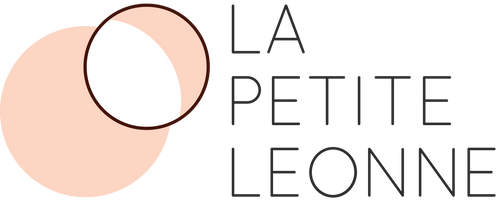Why plant dyes are the best option for the planet (and for your health!)

The textile industry is one of the most polluting after the oil industry. Not only are landfills overflowing with waste from its industries, but the amount of water required for this production is very important. Every year, more than 800,000 tons of dyes are dumped into waterways around the world. It is estimated that dyes are responsible for about 20% of the world's water pollution (Source: We dress Fair, in French)
Some people even dare to say that it would be possible to predict fashionable colors simply by looking at the color of the rivers in China, as reported in the French newspaper Les Échos, (in French). This is an ecological and human disaster, since the inhabitants of the hamlets bordering these rivers consume this polluted water. The villages are decimated by cancer of the digestive organs (source: Le Devoir, in French).
Not all countries have effective means to clean their wastewater before it returns to the environment. This explains the accumulation of chemicals in drinking water streams. Going to the point where light no longer penetrates the water, reducing the ability of marine plants to photosynthesize, causing a great decrease in oxygen in the water and killing not only marine plants but also the aquatic animals that live there.
Why choose vegetable dyes?
Historical documents dating back to 3,500 years BC tell us that the use of natural dyes was a very common practice at the time. To color their textiles, they used extracts from vegetables, fruits, flowers, tree bark, insects and some fish, rather than using a highly chemical cocktail for the environment.

Here's how to reduce health and environmental risks:
- Buy naturally dyed products- Buy undyed products
- Buy second hand when you can
- Buy from local makers
It is also essential to choose your textile fibers, for your own health and that of our planet.



